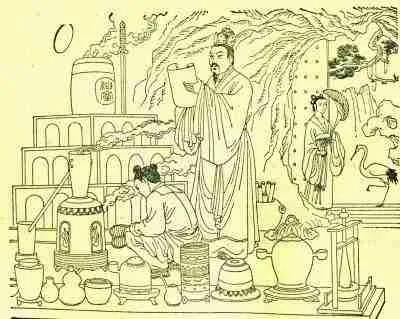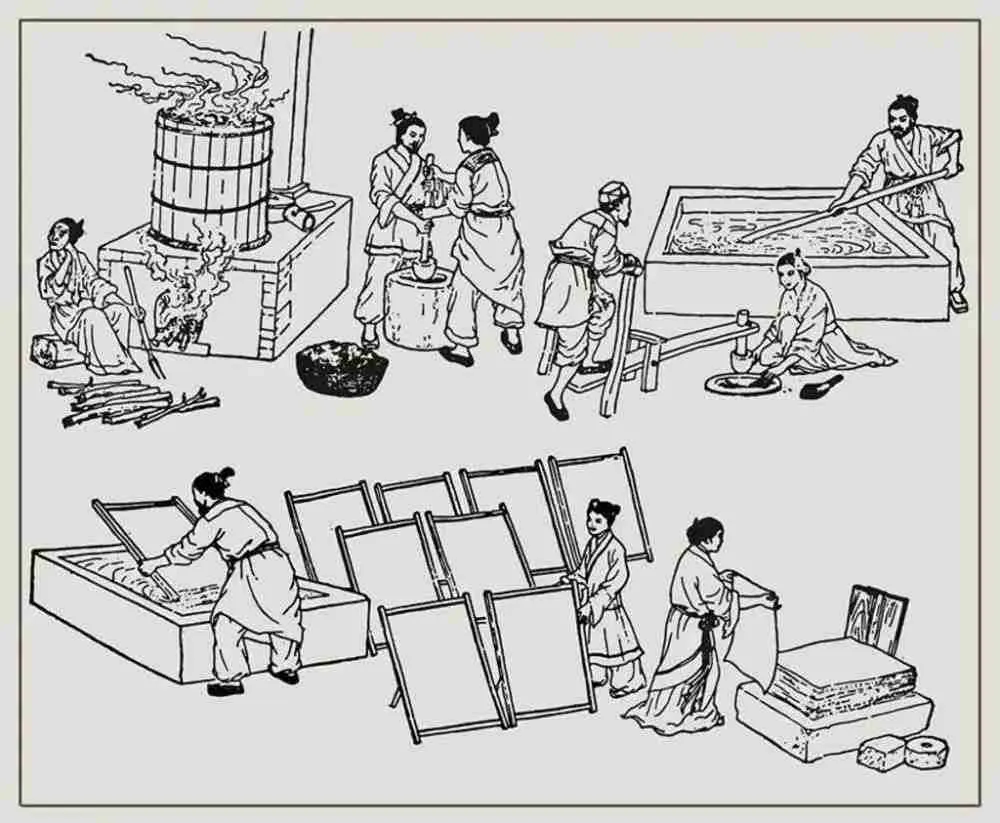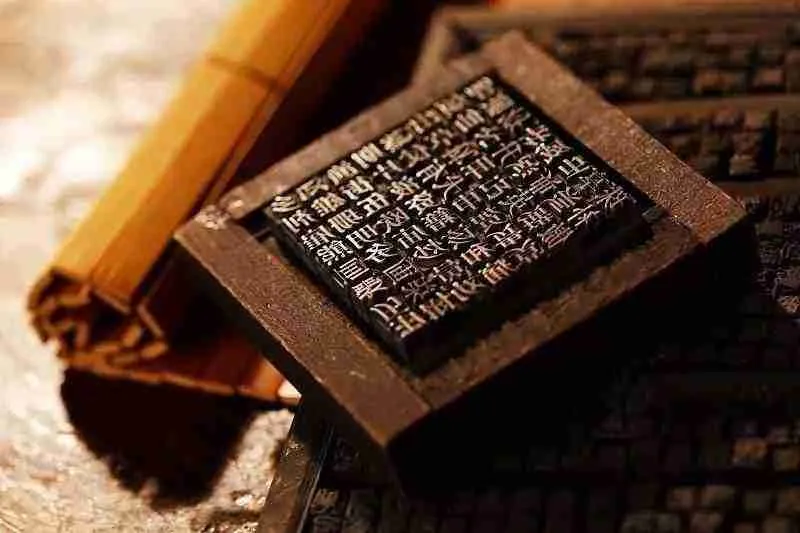More than 3000 years history of china, has great achievements. What are China greatest inventions? The Four Great Inventions, the compass, gunpowder, papermaking, and printing – were among the most important technological advances, only known to Europe by the end of the Middle Ages 1000 years later. The Tang dynasty (AD 618–906) in particular was a time of great innovation.
why did the chinese invent so much?
China is have had 3 golden ages. The Han Dynasty, the Tang Dynasty, and the Song Dynasty. Those were periods of great political stability and economic prosperity. Almost all of the inventions that came out of China were “invented” during these two golden ages.
To be able to ‘’invent’’ anything, or just be able to do science in general, you need first of all stability, you can’t do science during war times, and second, you need wealth. You have to have some sort of material well-being to be able to devote your time doing science. If you can’t feed yourself or your family, doing math is the last thing on your mind.
compass in ancient china

Chinese great invention of the compass was called Sinan in ancient China. why did the Chinese compass point south? During the Han Dynasty, the Ancient Chinese found that a naturally magnetic iron, called lodestone, would always turn around to point south (or north).
The most popular style of the first Chinese compass used a lodestone (which automatically points to the south) and a bronze plate. The lodestone was carved into the shape of a spoon. The spoon was placed on a flat plate of bronze. The “magnetized” lodestone aligned itself with the Earth’s magnetic field.
Correspondingly, how did the compass help China?
The Chinese compass was made of lodestone, a naturally-magnetized iron ore, and allowed captains of ships to always know where they were going. The compass drastically increased sea trade and contact between cultures, ushering in the Age of Discovery.
Secondly, what did the first Compass look like? The first compasses, however, like the one appearing here, were not designed for navigation. People usually built early compasses using lodestone, a special form of the mineral magnetite that, as a natural permanent magnet, aligns itself with the Earth’s magnetic field.
Keeping this in view, what was the compass originally used for?
A compass is a device that indicates direction. It is one of the most important instruments for navigation. This compass was used by Robert Peary to reach the North Pole, allegedly the first person to do so.
gunpowder in ancient china

The invention of gunpowder had a close relationship with the advanced ancient workmanship of the smelting industry. People began to know a lot of chemistry knowledge about the nature of different mineral materials during the process of smelting operation. With this knowledge, ancient necromancers tried to seek the elixir of immortality from certain kinds of ores and fuel. Although they failed to get what they were looking for, they discovered that an explosive mixture could be produced by combining sulfur, charcoal, and saltpeter (potassium nitrate). This mixture finally led to the invention of gunpowder although its exact date of the invention still remains unknown.
Many historical materials indicate that gunpowder first appeared before the Tang Dynasty (618-907). From 300 to 650AD several recipes were written about inflammable mixtures. Some historians date the invention of gunpowder at 850AD when a Taoist book warned of three specific elixir formulas as too dangerous to experiment.
The military applications of gunpowder began in the Tang Dynasty. Explosive bombs filled with gunpowder and fired from catapults were used in wars. During the Song and Yuan dynasties (960-1368), the military applications of gunpowder became common and some other weapons like “fire cannon”, “rocket”, “missile” and “fireball” were introduced.
In the Yuan Dynasty (1279-1368), the method of powder-making was introduced to the Arab world and Europe, bringing a series of revolutions to weapon manufacturing, as well as to stratagem and tactics on the battlefield. From Italy the making of gunpowder soon spread to other European countries, and by the 1350s it had become an effective weapon on the battlefield.
papermaking in ancient china
The invention of paper greatly contributed to the spread and development of civilization. Before its invention, bones, tortoise shells, and bamboo slips were all used as writing surfaces, but as Chinese civilization developed they proved themselves unsuitable because of their bulk and weight. Hemp fiber and silk were used to make paper but the quality was far from satisfactory. Besides, these two materials could be better used for other purposes so it was not practical to make paper from them.

Xue fu wu che is a Chinese idiom describing a learned man. The story behind it concerns a scholar named Hui Shi who lived during the Warring States Period. He needed five carts to carry his books when he traveled around teaching. Books at that time were made of wood or bamboo slips so they were heavy and occupied a lot of space. Reading at the time needed not only brainwork but also physical strength.
In 105 A.D. Cai Lun, a eunuch during the Eastern Han Dynasty, invented paper from worn fishnet, bark, and cloth. These raw materials could be easily found at a much lower cost so large quantities of paper could be produced.
The making technique was exported to Korea in 384 A.D. A Korean Monk then took this skill with him to Japan in 610 A.D.
During a war between the Tang Dynasty and the Arab Empire, the Arabs captured some Tang soldiers and paper-making workers. Thus, a paper factory was set up by the Arabs.
In the 11th Century, the skill was carried to India when Chinese monks journeyed there in search of Buddhist sutras.
Through the Arabs, Africans and Europeans then mastered the skill. The first paper factory in Europe was set up in Spain. In the latter half of the 16th century, this skill was brought to America. By the 19th century, when paper factories were set up in Australia, paper-making had spread to the whole world.
Cai Lun, also known as Tsai Lun, was listed in the book The 100: A Ranking of the Most Influential Persons in History by Michael H. Hart.
printing in ancient china

Inspired by engraved name seals, Chinese people invented fixed-type engraved printing around 600 A.D. The skill played an important role in the Song Dynasty but its shortcomings were apparent. It was time-consuming to engrave a model, not easy to store, and not easy to revise errors.
During the reign of Emperor Ren Zong of the Northern Song Dynasty, Bi Sheng invented moveable, reusable clay type after numerous tests. Single types were made and picked out for printing certain books. These types could be used again and again for different books. Because of the large number of different characters in the Chinese written language, this technique did not have a dramatic impact at the time. However, today, this typesetting technique is regarded as a revolution in the industry. About 200 years later, this moveable-type technique spread to other countries and advanced the development of world civilization.